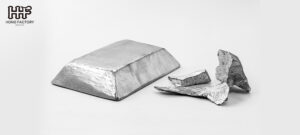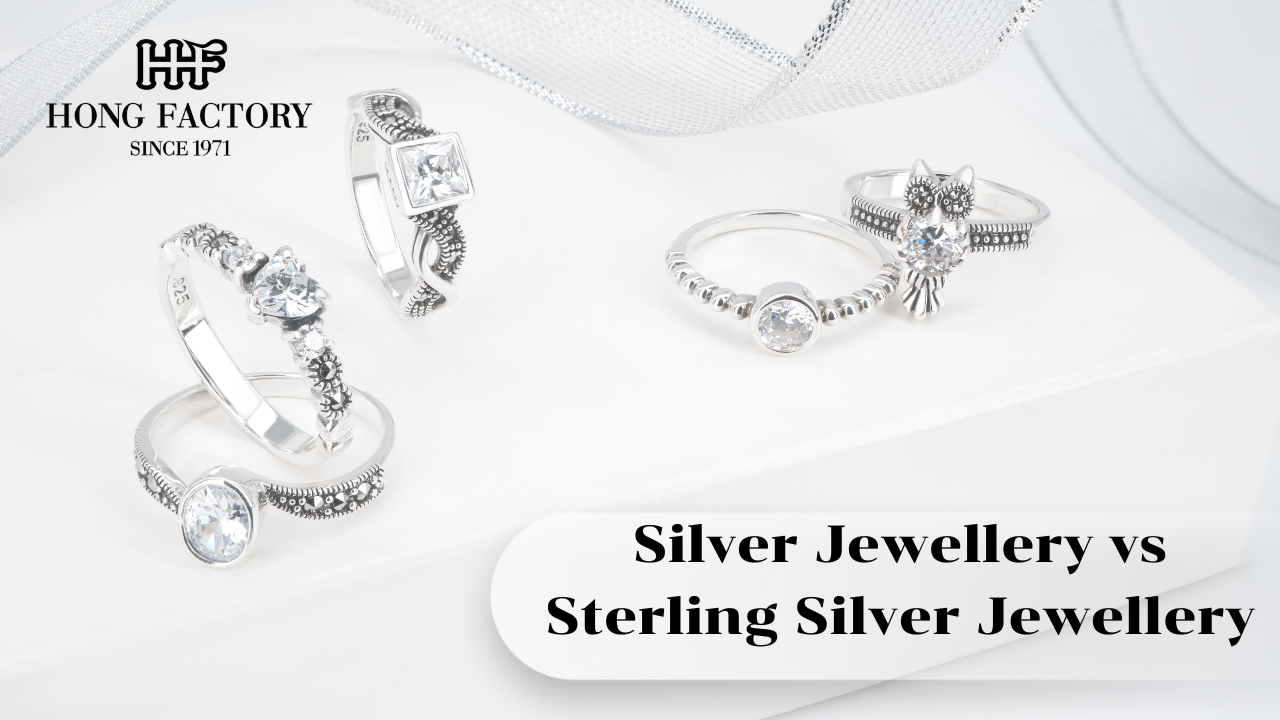When shopping for silver accessories, many buyers come across the terms “silver jewellery” and “sterling silver jewellery.” While they may sound similar, they are not always the same. Understanding the differences between the two is important for making informed decisions about quality, price, and long-term value. This article explores the distinctions, benefits, and care tips for both. Is sterling silver real
What is Silver Jewellery?

The term silver jewellery can have different meanings depending on the context. In general, it refers to any jewellery made with silver. However, the level of silver content may vary:
- Fine Silver (.999): Nearly pure silver, but soft and less practical for everyday wear.
- Sterling Silver (.925): The most common form, made with 92.5% silver and 7.5% copper, offering durability and shine.
- Silver-Plated: Jewellery made from base metals coated with a thin layer of silver. These pieces are less valuable and wear down over time.
Because the term “silver jewellery” is broad, it is important to verify whether a piece is genuine sterling silver or simply silver-plated.
What is Sterling Silver Jewellery?
Sterling silver jewellery specifically refers to pieces made with 92.5% pure silver mixed with 7.5% copper or other metals. This combination enhances strength while retaining silver’s natural brilliance. It is the global standard for authentic, long-lasting silver jewellery and is often stamped with hallmarks such as “.925” or “Sterling.”
Silver Jewellery vs Sterling Silver Jewellery: Key Differences
When comparing the two, several important differences stand out:
- Composition: Sterling silver contains a fixed 92.5% silver, while generic silver jewellery may be plated or of varying purity.
- Durability: Sterling silver is strong and suitable for daily wear, while silver-plated pieces are prone to chipping and fading.
- Value: Sterling silver has intrinsic worth as a precious metal, while plated jewellery holds little resale value.
- Tarnish Behavior: Sterling silver tarnishes naturally but can be polished, whereas plated jewellery may peel and cannot be restored once the silver layer wears off.
- Hallmarks: Authentic sterling silver is marked with .925 or similar stamps, while silver-plated jewellery often lacks purity markings.
Why Choose Sterling Silver Jewellery

For most buyers, sterling silver is the best choice due to its balance of durability, affordability, and value:
- Timeless Elegance: Bright and stylish for both casual and formal occasions.
- Long-Term Use: With proper care, sterling silver jewellery can last for decades.
- Safe for Skin: Hypoallergenic qualities make it suitable for sensitive skin.
- Resale Value: Retains intrinsic worth as real silver.
How to Identify Authentic Sterling Silver
To ensure that you are buying genuine sterling silver jewellery:
- Check for Hallmarks: Look for stamps such as .925, Sterling, or 92.5.
- Perform a Magnet Test: Real silver is not magnetic.
- Tarnish Reaction: Sterling silver tarnishes over time but can be restored with polishing.
- Seek Professional Verification: Jewelers can test purity with acid or electronic tools.
Caring for Silver Jewellery
Whether sterling or fine silver, proper care is essential:
- Regular Cleaning: Use a polishing cloth to remove tarnish and restore shine.
- Store Correctly: Keep in anti-tarnish pouches or airtight containers.
- Avoid Harsh Chemicals: Remove jewellery before swimming, cleaning, or applying perfumes.
- Wear Often: Regular wear helps prevent tarnish buildup.
While all sterling silver is silver, not all silver jewellery is sterling. Sterling silver jewellery offers the best combination of beauty, durability, and long-term value, making it a preferred choice for everyday wear and special occasions. By checking hallmarks, confirming authenticity, and caring for your jewellery properly, you can enjoy the elegance of genuine silver pieces for years to come.
